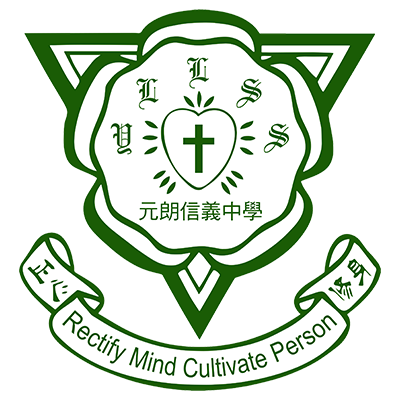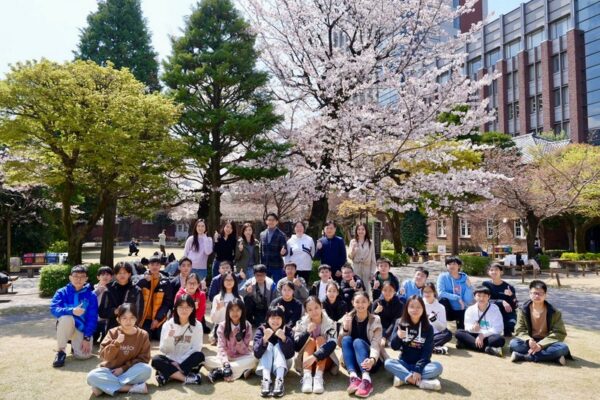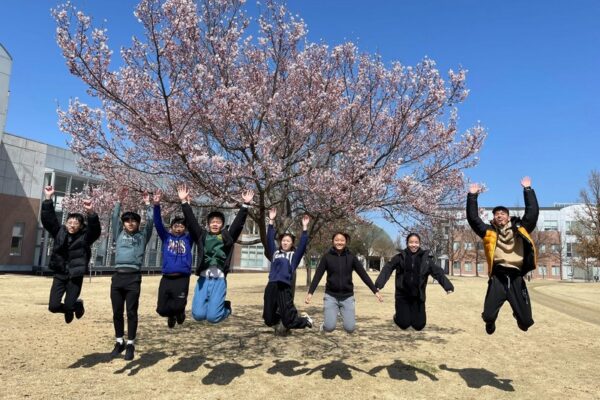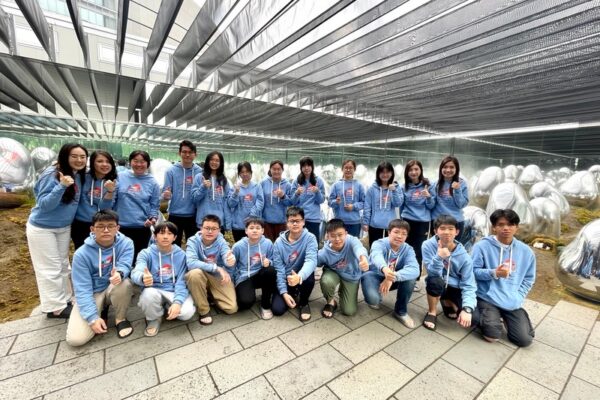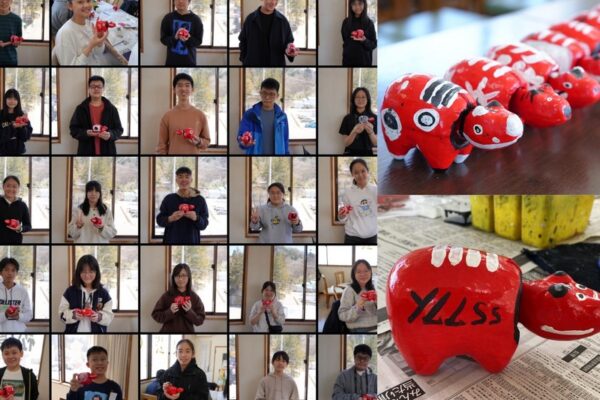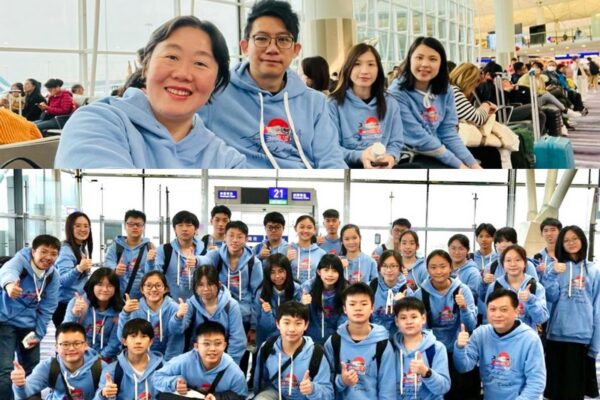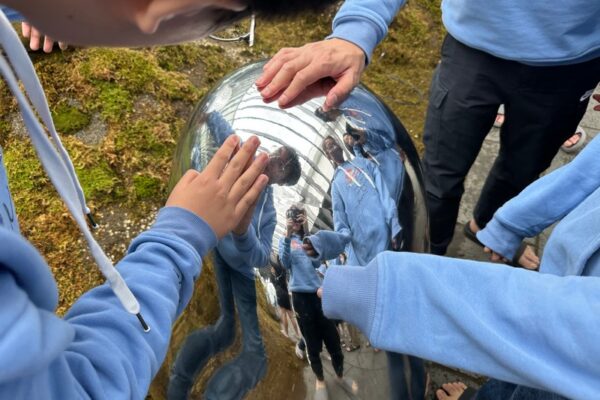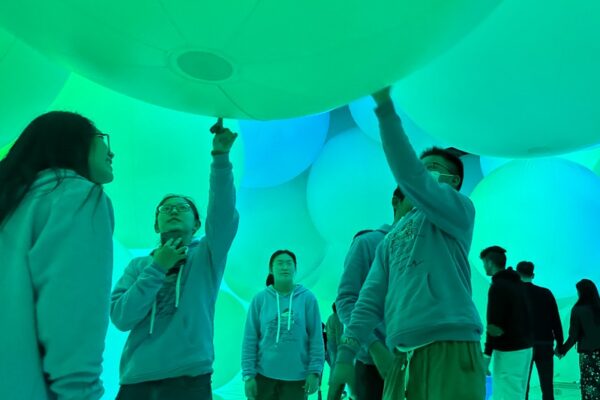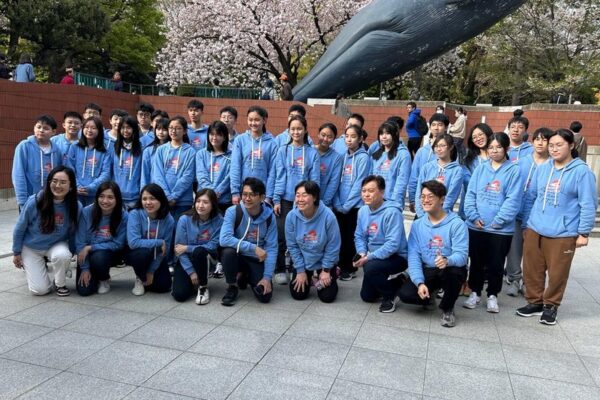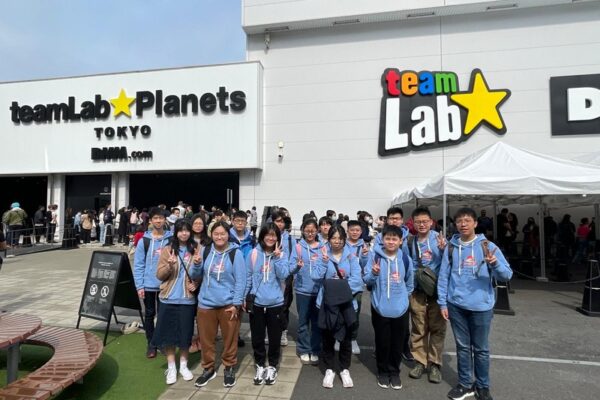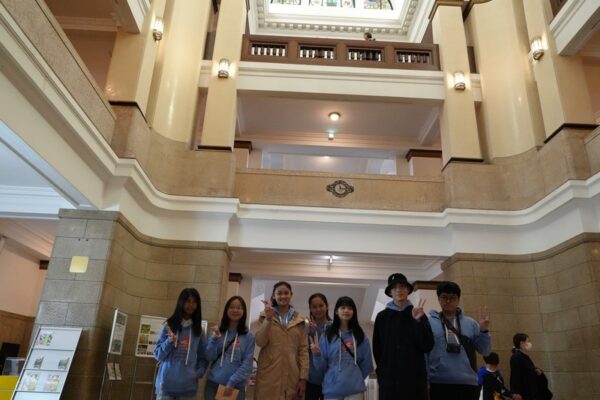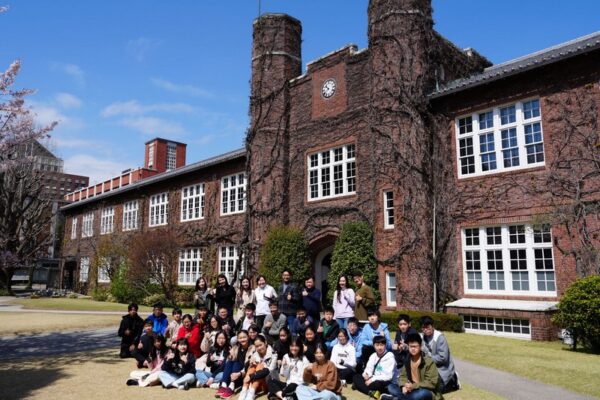STEM, History and Cultural Tour to Japan is the first key activity of the “Global Classroom” after the three-year epidemic. Students visited sister universities in Japan and places with historical and cultural values in Aizu and Tokyo.
In order to arrange an unforgettable trip and cater to different interests, students were divided into Team A and Team B for various activities. Team A participated in the programming course at the University of Aizu. In addition to listening to the sharing and lectures of university professors and lecturers, they also visited different laboratories and exchanged ideas with local college students. On the other hand, Team B not only visited the Enzoji Temple related to the legend of the “Red Cow” called Akabeko in the Aizu area but also overlooked the magnificent Tadamigawa Bridge No. 1. They also went to Nanakamachi Street which preserved the architectural features of the Taisho era and recorded the history of The Aizu Bukeyashiki – Samurai Residence in the Warring States Period in Japan. In order to let students understand its profound history and culture, Principal Mr. WAN gave a lecture in front of it, explaining the relationship between the Boshin War and the Meiji Restoration, as well as the changes in the status of the samurai. After that, Team B visited Goshikinuma, which is known as “Jiuzhaigou in Japan”. The different minerals and pH levels give the water a number of striking colours.
Team A and Team B went to Nikko Toshogu Shrine, the Japanese cultural heritage, in the spring rain to learn about the history of the Tokugawa family and the architectural features of the Shrine. The students also went to Aizu to visit Tsurugajo Castle, one of the scenic spots in Aizuwakamatsu City and Japan’s only red-and-white castle. They later participated in the painting workshop to learn about the craftsmanship and culture of Akabeko. The group also visited the Oya History Museum, which used to be a mine, the National Art Center, Tokyo, the majestic Tokyo Imperial Palace and the elegant Japanese garden, and Asakusa with its unique “Shitamachi” culture.
Another key itinerary is “Global Classroom – Active Learning”. Students played an active role in planning and choosing the places they would like to visit. Students in different groups could freely choose to visit the National Museum of Emerging Science and Innovation to explore the future development of technology and artificial intelligence, immerse themselves and interact with new artworks in the world of light and shadow in teamLab Tokyo, or visit the mini world in SMALL WORLDS TOKYO to experience various customs from another perspective.
While students have broadened their horizon during the tour, they should also be grateful to the school and parents for this precious opportunity, and to be grateful for the return to normal life after COVID-19.
